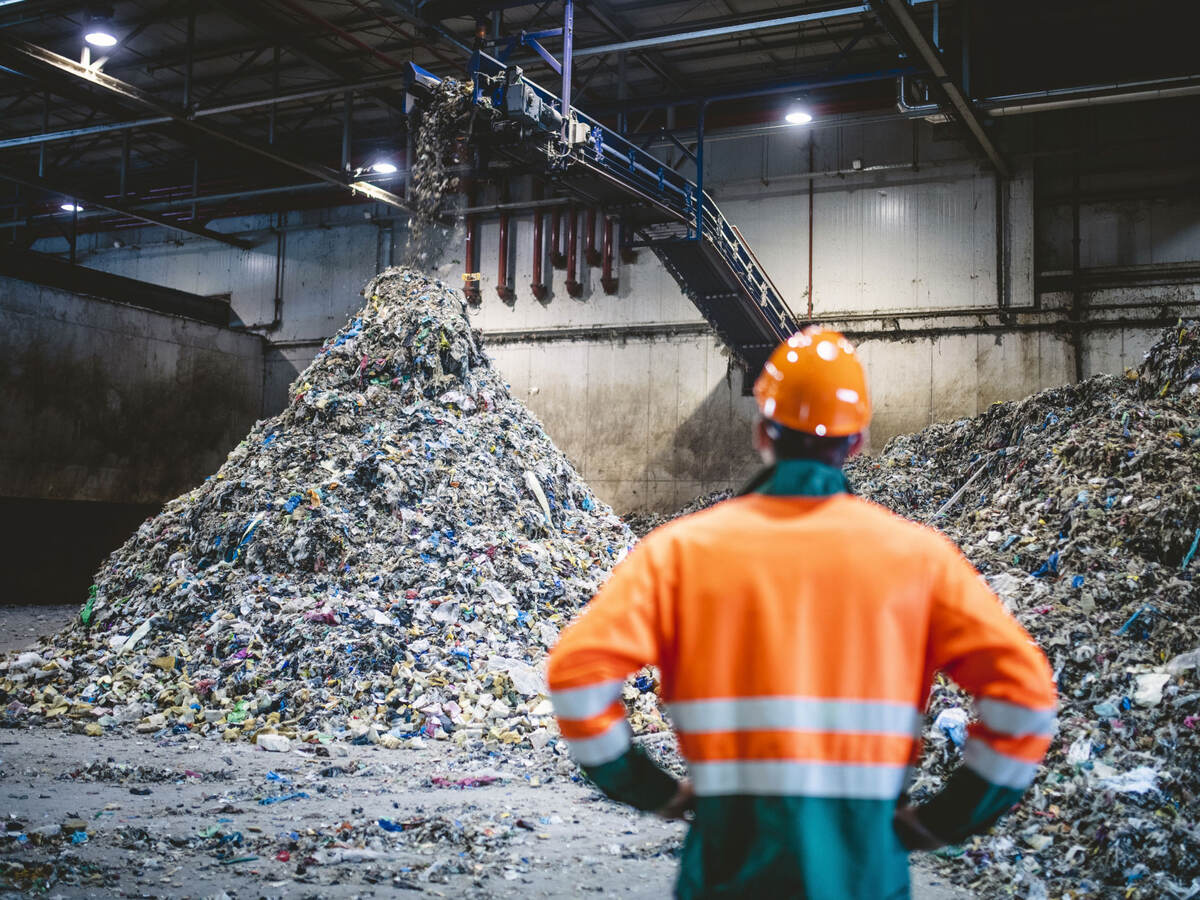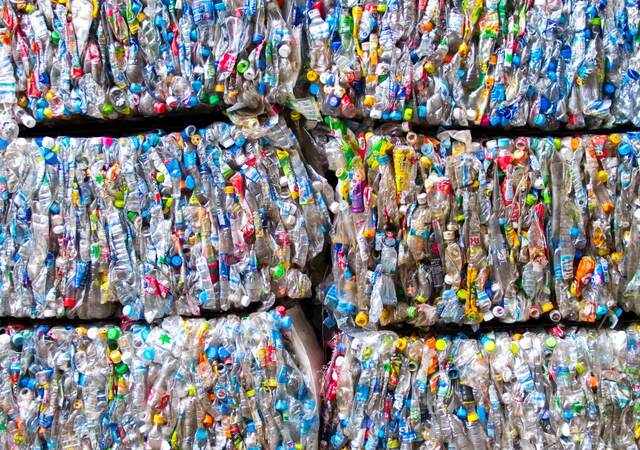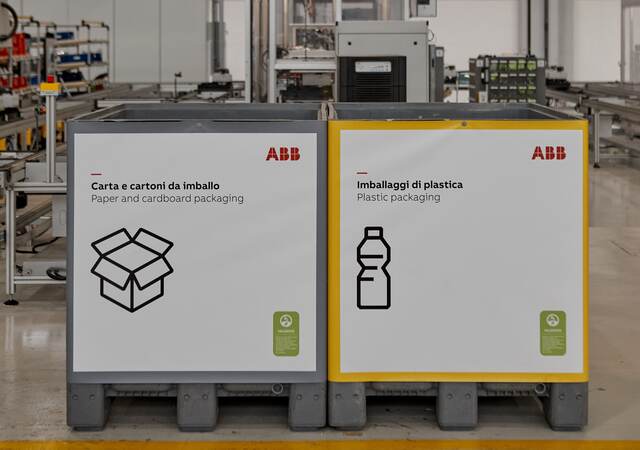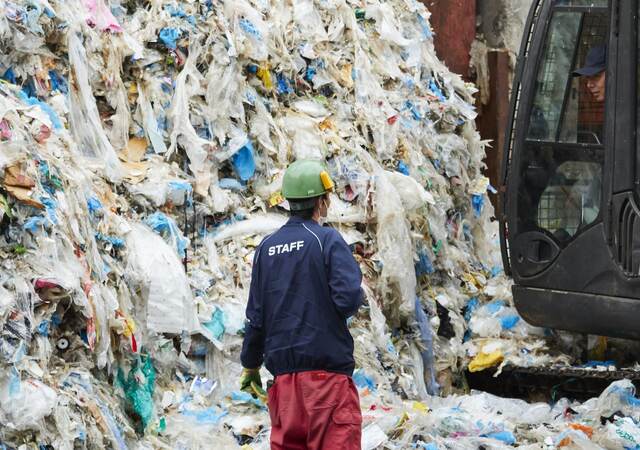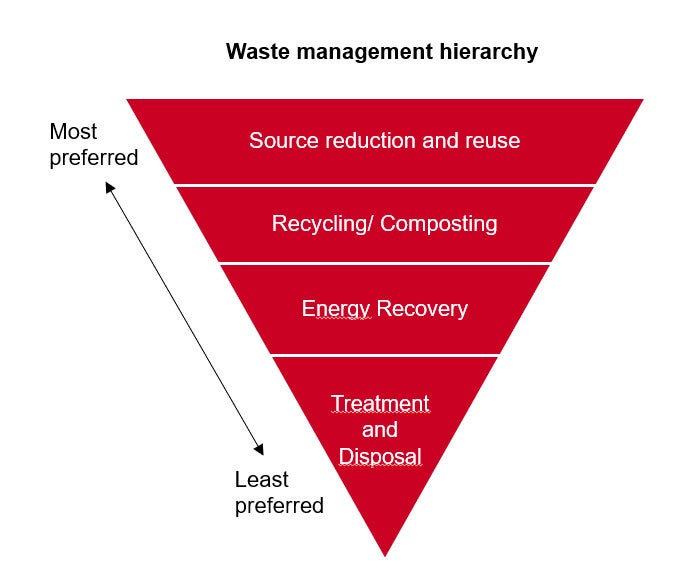
The world generates more than two billion tons of municipal solid waste every year1. And, that number is expected to increase by nearly 70% to 3.4 billion metric tons by 2050, with less than 20% of waste properly disposed of or recycled2. While “reduce, reuse, recycle” is a way of life — and a way of business — for millions of individuals and organizations who understand the importance of diverting waste from landfills, vague definitions, self-declared claims and undefined procedures can make it difficult to qualify and quantify these efforts. Businesses of all sizes are all working towards a unified goal: achieving zero waste to landfill (ZWTL).
Businesses are looking to reduce their risk as it relates to waste. Sustainable waste management and validation have become crucial for sustainability-pursuing businesses and their stakeholders because these practices directly benefit local economies, global society and the environment. Achieving zero waste is a crucial step toward sustainability.

Plus, the benefits of working toward achieving ZWTL are more than just being recognized as a responsible corporate citizen:
- Reduced costs associated with waste disposal
- Reduced reliance on limited landfill space
- Reduced scope 3 greenhouse gas emissions
Throwing everything away is no longer acceptable
In a global economy, there is no “away.” As more and more synthetic materials are disposed of in trash receptacles instead of recycling bins, the space in our landfills is becoming overcrowded. Some plastics will literally never go “away.” And that rather than being an “out of sight, out of mind” issue, landfill waste is a problem for everyone in the world.
In addition, decades of wasteful material processing practices and low recycling rates have depleted our resources and put our supply chains at risk. If we are constantly pulling these finite resources out of the earth, and not recycling them or allowing them time to regenerate, we run a risk of overharvesting the materials and causing supply chain instability. In addition, 5% of global greenhouse gas (GHG) emissions are caused by waste decomposition3.
Why should we try to reduce waste?
Seems like a simple enough question, but the answers are complicated. One reason to implement a ZWTL program within your organization is the cost of waste is high and getting higher. Solid waste generation will exceed 11 million metric tons per day globally by 21004. By 2025, cities will generate enough waste to fill a line of garbage trucks that stretches from Seattle to Miami each and every day5. The direct global cost of dealing with trash is rising from USD $205 billion per year in 2010 to $375 billion by 2025.
But how can we find alternative pathways for the materials that we so liberally are throwing away today? Recycling glass, plastic and metal as well as composting and reusing organic materials is fine for a home or office, but what about a manufacturing facility with tons of waste produced as a result of the manufacturing process?
On-site diversion pathway
Reusing materials at your facility such as silverware and trays in the cafeteria instead of using plastic utensils and by extending the life of the pallets you use to transport items from place to place are examples of on-site diversion pathways. Manufacturers can also implement process efficiencies or look at reducing the amount of packaging they use in their products.
Off-site diversion pathway
Depending on your geographic location, different materials are available for recycling, with the most common materials being glass, plastic and metal. A waste-to-energy (WTE) process sends your waste materials to an incineration facility that captures the energy produced from the incineration process to be used to power the facility. This has multiple benefits since it both reduces your amount of waste as well as the cost of your energy consumption from utilities. Organic waste, such as cooking oils, can also be used as biofuel to further reduce your reliance on energy from utility suppliers. This waste can also be composted and anaerobically digested to produce arable soil.
Benefits of ZWTL
- Reducing and designing out waste are key to the circular economy
- Recycling and reusing increases a product’s useful life
- Reducing pollution and hazardous materials entering the environment protect our planet for future generations
- Reducing waste disposal cuts the costs associated with it
- Waste reduction decreases scope 3 emissions
The benefits of certifying your waste diversion program
In addition to the environmental benefits and the monetary gains that can be realized through reducing and recycling, a manufacturer can enjoy reputational benefits by implementing a certified waste diversion initiative. It is important for these initiatives to be certified by an independent third party such as UL Solutions to avoid being branded as greenwashing, the making of false or misleading claims about your waste reduction policies. A manufacturer that can promote a certified waste diversion program may be more favorably recognized by consumers and investment stakeholders.
The UL Solutions Waste Diversion validation program focuses on monitoring and measuring material flows that are not part of an organization’s final product.
UL 2799, the Standard for Environmental Claim Validation Procedure (ECVP) for Zero Waste to Landfill, requires at least 90% diversion through methods other than waste-to-energy to achieve a Zero Waste to Landfill (ZWTL) designation. The criteria for our Silver, Gold and Platinum designations are:
- Platinum — the highest designation, attained when a facility consistently achieves a landfill waste diversion rate of 100%
- Gold — this designation is reserved for facilities that have achieved a landfill diversion rate of 95%-99%
- Silver — this designation is achieved if a facility achieves a landfill diversion rate of 90%-94%
As the awareness and importance of diverting waste from landfills grow, millions of individuals and organizations are transitioning away from a “take-make-dispose" linear economy mindset in favor of a “refuse, reduce, reuse, recycle” framework. Waste generation and waste mitigation have become key topics to address in the shift to a circular economy. But vague definitions, unverified claims and undefined procedures can make it difficult to qualify and quantify efforts toward adopting the circular economy model.
References
Trends in solid waste management: https://datatopics.worldbank.org/what-a-waste/trends_in_solid_waste_management.html
https://www.statista.com/topics/4983/waste-generation-worldwide/#topicOverview
World Bank, 2012, “What a Waste: A Global Review of Solid Waste Management”
Nature 502, 615-617 (2013) “Environment: Waste Production Must Peak this Century”
World Bank, 2012 “What a Waste: A Global Review of Solid Waste Management”
Get connected with our sales team
Thanks for your interest in UL's products and services. Let's collect some information so we can connect you with the right person.

